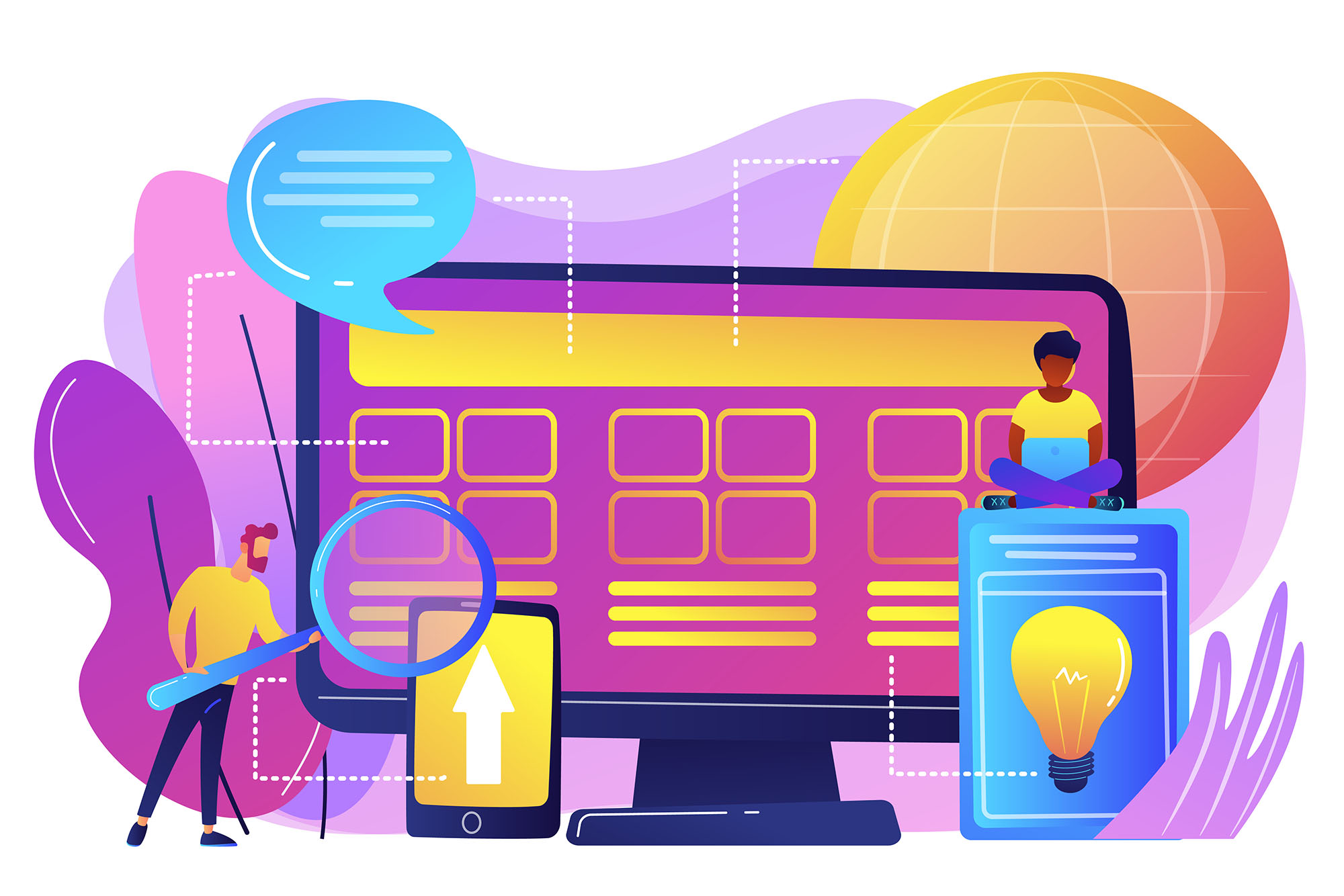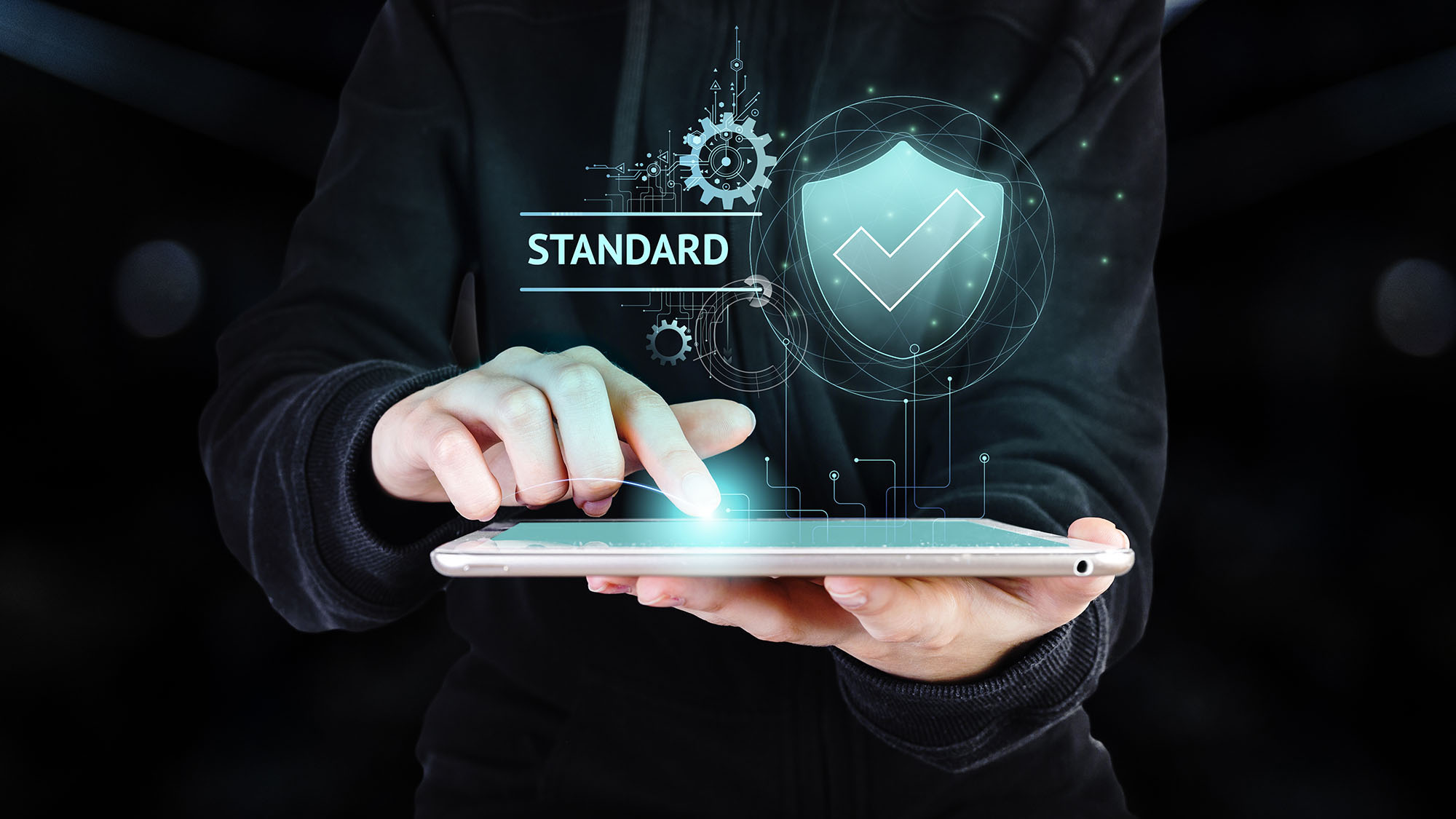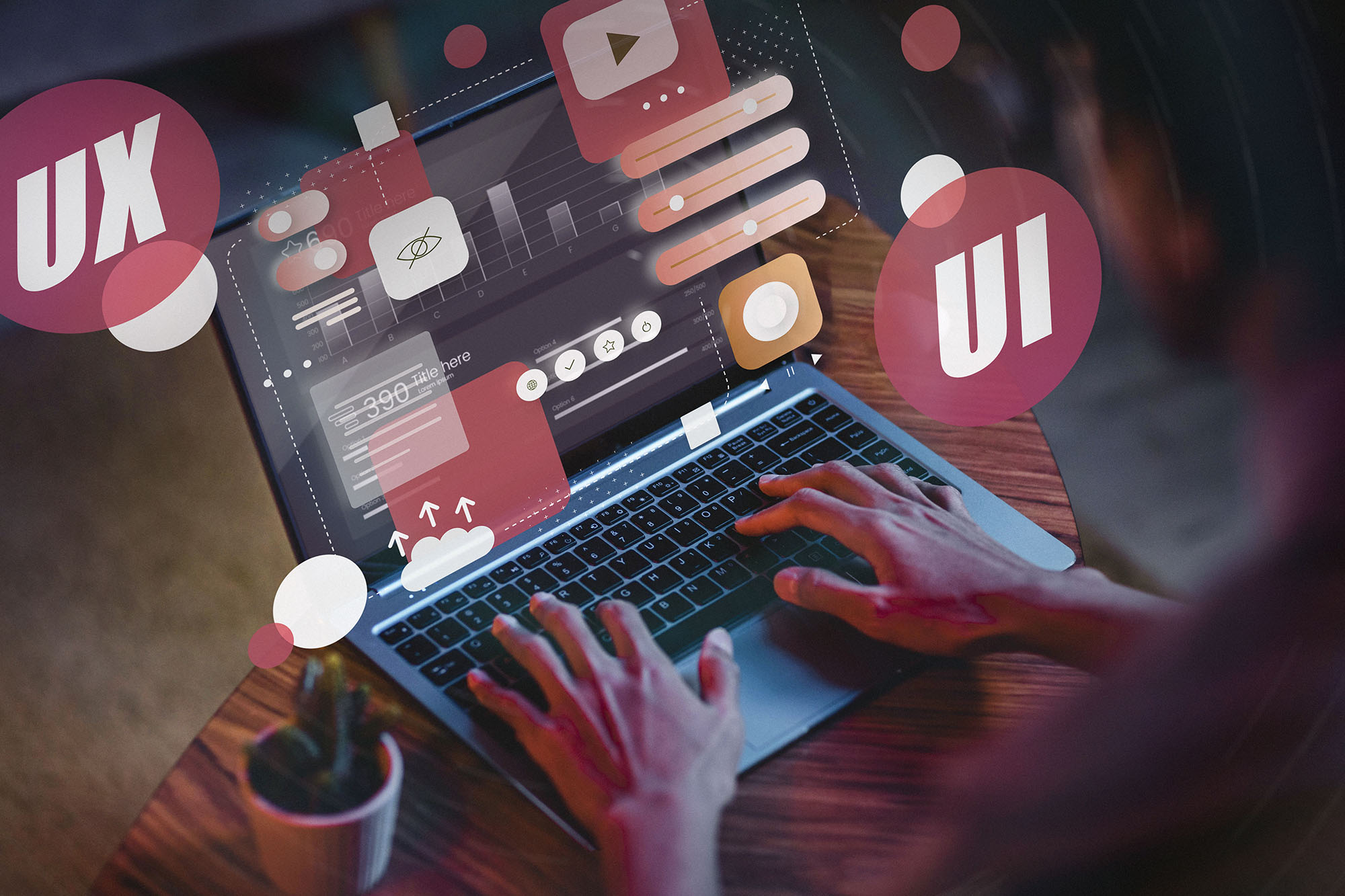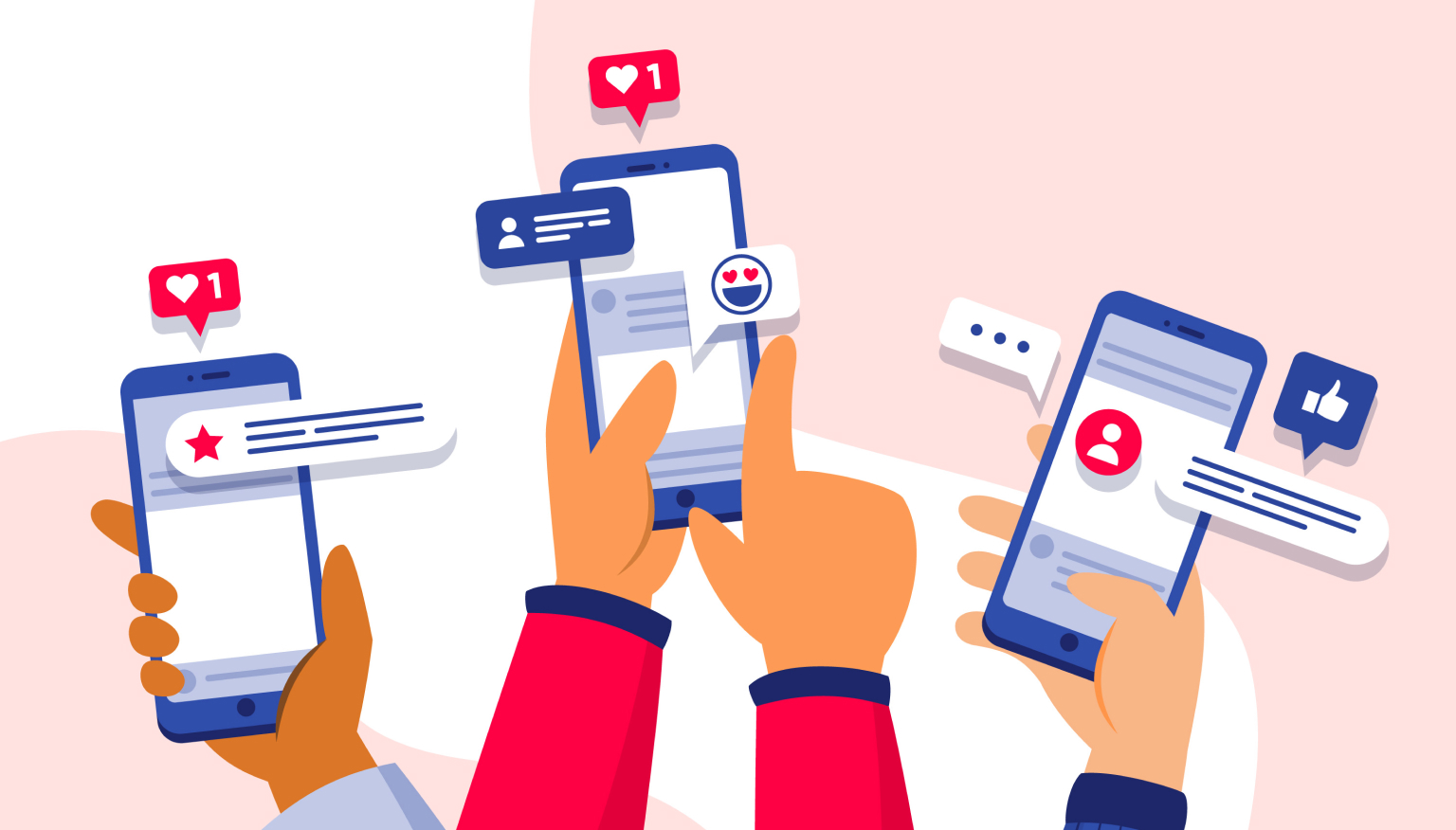Using sensors and browser APIs to improve UX
Using browser APIs and sensors, this text explores improving the user experience using geolocation, device movement, page activity, image capture, offline access, voice navigation, and battery optimization
User Experience (UX) is a critical element for the success of any digital asset, such as a website or web application. Besides attractive visuals and fast loading speeds, the browser's universe of application programming interfaces (APIs) and sensors comes into play. They're usually considered tools for techies, but they're essential for anyone looking to improve their UX. Let's take a closer look at this often overlooked area.
Unblocking geographic services
The geolocation API is a fun way to expand the functionality of a site. Imagine that a customer walks into a store and is immediately directed to the products that interest him. Using the Geolocation API, this experience can be replicated on the web. Instead of manually entering their location data, users can share it, making the experience more personalized and convenient. This allows you to offer location-based promotions, making your services more relevant.
In addition, geolocation information can be used for other purposes. Local news, climate information, or even events happening nearby can be displayed, increasing the likelihood of user interaction by being localized.

Device Motion
The Device Motion API allows your site to respond to the physical movements of the user's device. For example, shaking your mobile device can refresh a web page. This brings an unexpected but delightful level of interactivity to the UX. However, it is important to note that not all browsers and devices are compatible with this API. For incompatible equipment, alternative control methods should be provided.
Additionally, the Device Motion API can be used to control games, switch views, or navigate a photo gallery. However, designers should be aware that new users may not be able to master this interface and offer intuitive tutorials or quick tutorials.
Smooth experience with Page Visibility API
While browsing the web, users often multitask, which results in inactive or hidden tabs. The Page Visibility API allows you to determine whether your web page is active or minimized. For example, video autoplay may be paused or CPU-intensive operations may be stopped when the user switches tabs. This allows you to minimize distractions and save processor resources.
In addition, energy efficiency brings tangible benefits - it saves battery life. Using the Page Visibility API allows you to make your website more energy efficient, which is especially appreciated by mobile device users.
Pictures speak louder than words
The Capture API allows you to capture images directly from the user's camera, simplifying the upload process. This is especially useful in scenarios that require photos to be uploaded quickly, such as on social networks or online platforms.
It is also useful for professional activities, allowing users to upload scanned documents or participate in video conferences. This eliminates the need to go through multiple steps, making the user experience more streamlined.
Offline data availability
The offline API ensures that limited or no internet connectivity does not degrade the user experience. It allows a web application to store data locally, allowing a certain level of interaction even when offline. This makes your site more resilient, able to operate in a variety of network conditions.
Let's say a user is reading an article and loses connection to the Internet. Instead of throwing an annoying error, the Offline API can display the cached version, keeping users engaged and increasing the number of users.

Voice-enabled navigation
Adding voice functionality using the Voice Recognition API improves your web app experience. This can be especially useful for people with limited mobility, making your site more inclusive.
Additionally, voice input can speed up processes such as filling out forms. Instead of typing, users can speak the information they need, making the entire process smoother and reducing friction.
Say goodbye to low battery anxiety
The battery status API can alert the user when their device's battery is low. A simple warning allows you to save your work or connect to a power source, preventing interruption of work.
In addition, depending on the battery condition, you can configure power-consuming functions on the website. For example, when the battery level is low, you can reduce animations or other processor-intensive elements, which improves the user experience of the site.
Re-engage users with Push Notifications
Web Push APIs allow you to send reminders even when users are not active on the site. While this is a great tool for re-engaging users, it requires moderation to avoid irritation. Strategic notifications about abandoned carts or new functionality can win users back, but overusing them can lead to disengagement.
Analytics tools can help you optimize the frequency and content of notifications, allowing you to refine your approach.
User experience lighting
The Ambient Light Sensor API adjusts the visual parameters of the site depending on the ambient light. In dim lighting a darker theme may be activated, in bright lighting a lighter theme may be activated. This minor change has a significant impact on the user's comfort and overall experience of the site.

User's proximity
The proximity sensor detects how close the user's device is to an object, such as their face. Besides basic uses like disabling touch functionality during calls, it also helps prevent accidental taps when the phone is in your pocket.
Additionally, the interface can adapt based on the user's proximity to the screen, making it easier to interact with interactive elements. The closer to the user, the more detailed the interface can be; the further you go, the elements can increase in size for more convenient interaction.
Secure and convenient authentication
Contrary to the belief that security and usability are mutually exclusive concepts, the Web Authentication API seamlessly brings them together. It allows for secure and convenient login using biometric sensors or hardware keys.
Given the increasing frequency of security incidents, robust yet user-friendly security measures can instill confidence in users and thereby improve the UX.
Real-time interaction with WebRTC
WebRTC (Web Real-Time Communication) enables real-time interaction between users. This is not just text communication, but also video chats in the browser, which do not require the installation of additional plugins.
The real-time aspect gives a sense of immediacy, and applications like customer service can take advantage of instant, real-time support. This prompt help allows problems to be resolved more quickly, which gives the user a sense of self-worth.
Conclusion
The vast world of browser APIs and sensors opens up vast possibilities for improving the user experience of your website. The use of these technological marvels allows us to not only meet but also exceed user expectations. They solve problems ranging from battery saving to content localization, so dive into these invaluable resources and offer users an unparalleled experience.
















